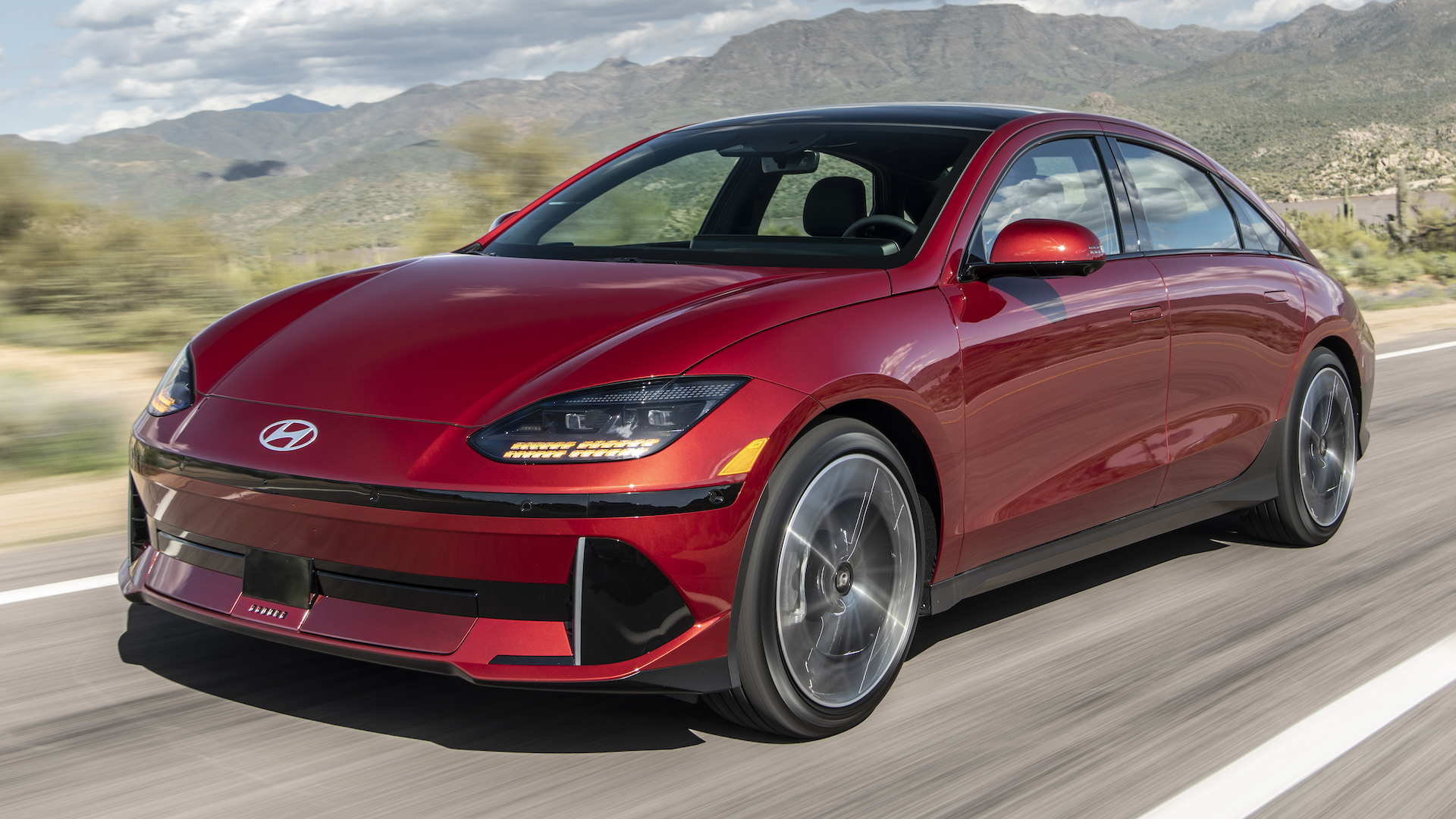

Harvard University claims to have invented a new battery chemistry that could finally realize solid-state battery technology. The results of its experiments so far seem promising, but it’s worth remembering how many obstacles stand in the way of even paradigm-shifting batteries’ propagation, and the timeline such a change would unfold on.
Solid-state batteries are viewed as the next big evolution for battery tech, and therefore as the next big step forward for EVs. Compared to today’s gold standard of lithium-ion batteries, solid-state cells offer higher energy capacity, lower weight, quicker charging, longer lifespans, and greater safety. The tech is only in its infancy though, and is still years from commercialization even by its biggest proponents. But the Harvard John A. Paulson School of Engineering and Applied Sciences thinks it has cracked the code with its new lithium-metal solid-state battery.

Lithium-metal differs from lithium-ion in that it uses lithium in its anode, or positive side, while lithium-ion uses a lithiated metal oxide in its cathode, or negative side. We’ll get to what that means for the battery in a second; we should first understand why we’re trying to move past lithium-ion.
Lithium-ion batteries tend to degrade during use due to the internal growth of dendrites. These are tiny spikes that grow off the anode and can penetrate the barrier to the cathode, causing an internal short-circuit that can reduce energy capacity or even cause a fire. Harvard says it has figured out how this happens, explaining dendrites form when ions “plate” unevenly onto the anode during charging. Discharging strips this layer back off, but can still leave thick and thin areas. Gradually, these become dendrites.
But by separating anodes and cathodes with extra layers of new materials, Harvard researchers say they’ve found a solution that controls dendrite formation. By adding a layer of micron-sized silicon particles to the anode’s surface, it results in more even plating, and basically stops dendrites before they start.
“In our design, lithium metal gets wrapped around the silicon particle, like a hard chocolate shell around a hazelnut core in a chocolate truffle,” said Xin Li, Associate Professor of Materials Science.

The result is what Harvard says is the best performance of any pouch-type cell out there. A postage stamp-sized prototype reportedly retained 80 percent capacity after 5,000 charge cycles, and has a lifespan exceeding 6,000 cycles. Recharging is supposed to take about 10 minutes, and the anode’s energy density is said to be 10 times that of lithium-ion. Harvard has already licensed the tech for trial at the scale of a smartphone battery, and identified other materials that could work in place of silicon.
To put that in perspective, lithium-ion batteries are good for 300 to 500 charge cycles in consumer electronics before significant degradation, and an estimated 1,000 to 2,000 in EVs. It’s unclear whether that’s due to better battery management, more evenly distributed load, less demand for peak load, or differences in the cells themselves. Still, it stands to reason that lithium-metal batteries would see similar durability gains when used in EVs.

Now that’s all well and good, but that’s always the tone when it comes to promising solid-state battery developments. There are still problems to surmount, such as solid-state batteries’ need for greater amounts of lithium. That’ll increase their cost, and could pose a supply problem with battery minerals expected to be in chronically short supply within just a couple years. These batteries’ greater complexity may also necessitate more complex manufacturing, which’d further drive up cost.
What’s more, hardware breakthroughs aren’t like software; they can’t be instantly propagated. Toyota is one of the closest automakers to deploying solid-state tech, and even it doesn’t expect to have enough next-gen batteries for more than 10,000 cars in 2030. Even if Harvard’s development is as peachy as it sounds, it’ll likely be years before its tech sees commercialization, especially on a mass scale. For all the excitement over the next big thing that perpetually infects tech media, the leap from lab to production line is a lot wider than it looks.
Got a tip or question for the author? You can reach them here: james@thedrive.com